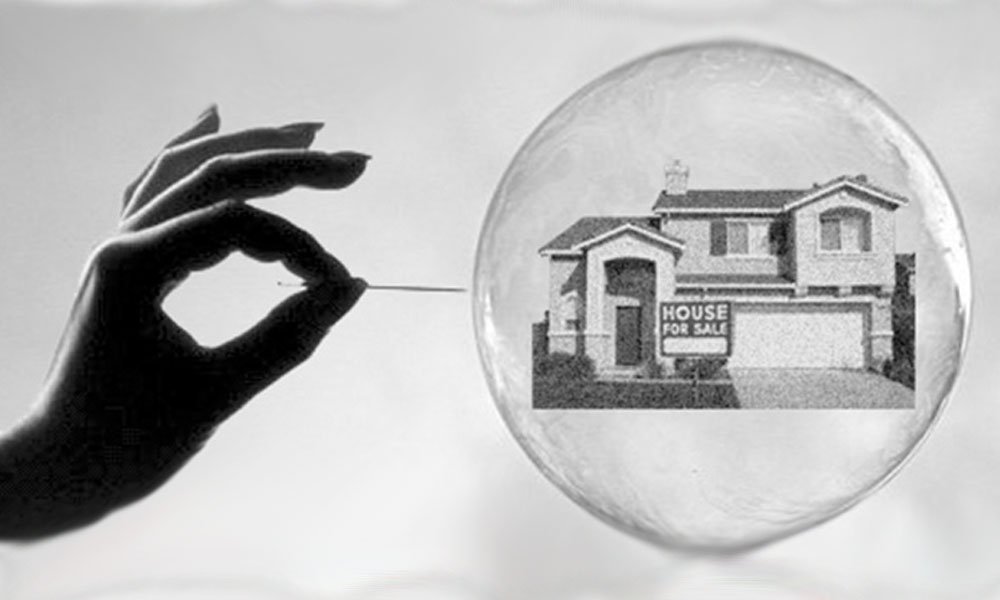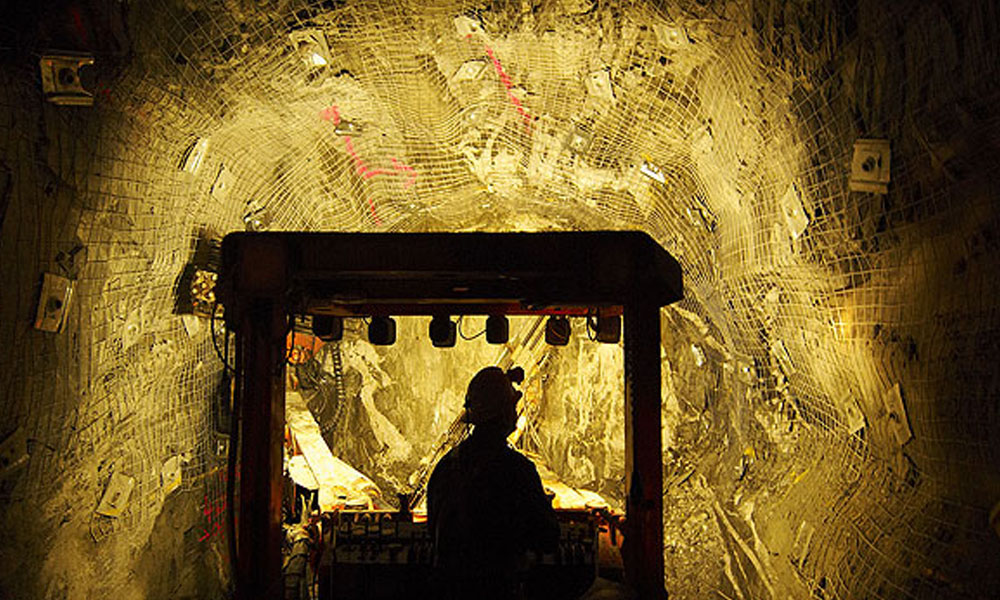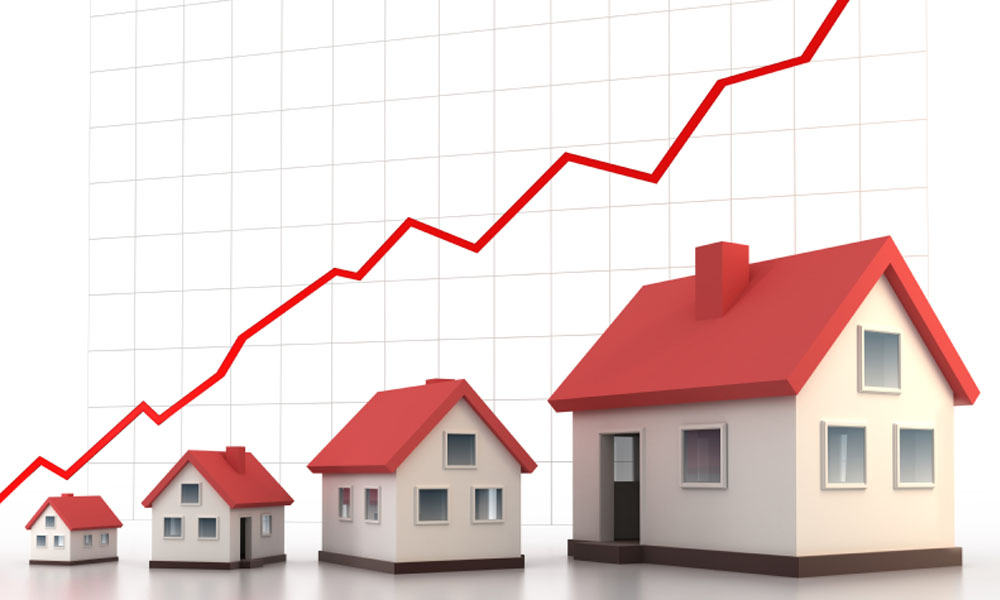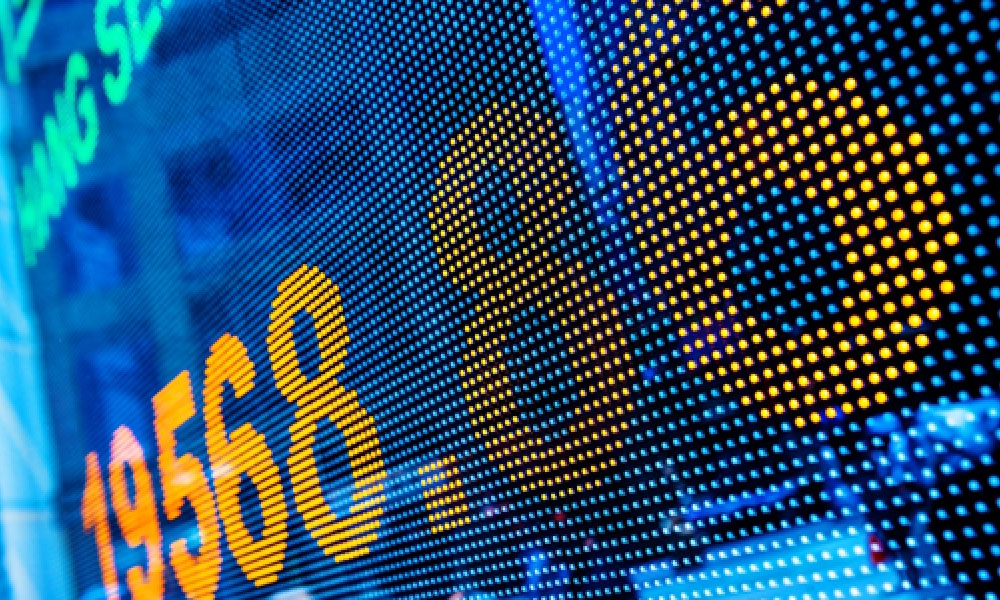You don’t need a great memory to flash back to the last real estate bubble. It was only 10 years ago, a breakdown in the United States housing market and several others across the globe that eventually sent the world into the worst financial crisis since the Great Depression.
If you can recall or if this is a history lesson for the younger crowd, the S&P 500 lost half of its value, the unemployment rate doubled, several investment banks were forced to dissolve or merge in order to survive, and millions of Americans were foreclosed on and lost their homes. Millions of others simply abandoned them as the homes were underwater or worth less than what they owed on their mortgages.
Homebuyers and others, especially in areas with limited housing supply like Silicon Valley, San Francisco, and Los Angeles, may be nervous about the next real estate bubble as home prices are rising. Though there’s no confirmed way to spot a real estate bubble and experts won’t agree on whether one can be identified or not, there are a number of signs that homebuyers and shoppers can follow in order to determine the likelihood of a bubble. Those indicators include:
Interest rates since low rates tend to fuel bubbles.
Home price indexes, a measurement of housing prices for single-family homes in a given location. These offer the easiest way to follow the rise and fall of home prices.
Price-to-rent ratio, which is the ratio of the price of home to the annual rent that it would generate and a measure of affordability of renting versus buying. Lower ratios indicate that buying is cheaper, while higher ratios would signify that renting is the better deal. Price-to-rent ratios tend to rise during a bubble as speculative interest in homebuying lifts home prices.
Determine to what extent rising prices are being driven by speculators rather than residents as housing bubbles tends to be driven by speculators, or investors who are buying homes to turn a quick profit, rather than live in them.
But What is a real estate bubble?
A bubble is simply a sudden increase in the price of an asset class, such as housing, due to increased demand or speculation. Think about the way bitcoin exploded in 2017 and then immediately imploded during the beginning of 2018.
The term is often used when the rise in prices is divorced from the underlying value of the asset and followed by a rapid decline. The bubble is so named for its appearance on a chart as the asset price suddenly rises and then falls, creating the rounded shape of a bubble. A bubble often emerges from supply and demand dynamics becoming imbalanced. When demand for housing exceeds supply, which most often happens in cities with geographic boundaries like San Francisco, Seattle, or New York that have booming economies, prices tend to escalate.
Speculators and other investors may seize on the opportunity, buying housing in order to turn a profit rather than live in the home — a process sometimes called flipping. Eventually, the imbalance tends to correct itself and higher prices drive down demand or supply catches up with the higher level of demand through new construction. Investors don’t generally know when they’re in a bubble or how long it will last, though there are usually critics who recognize it as such.
International Monetary Fund
According to the International Monetary Fund, real estate bubbles are less frequent than equity, or the stock market, bubbles. Real estate bubbles occur every 13 years on average but last twice as long as the 2.5 years that stock market bubbles last. Real estate bubbles also lead to double the loss in output of the 4% decline in gross domestic product, or GDP, caused by equity bubbles. GDP is defined as the total value of all the goods and services produced by a country, or a similar entity, in one year.
In today’s market, when investors refer to a real estate bubble, they are generally talking about the housing market as that was the most significant driver of the last real estate bubble as well as the financial crisis and remains the biggest concern for homebuyers today.
The impact of the housing bubble’s bursting and the subsequent financial crisis was vast. Lehman Brothers, the investment bank, went under, and several other banks, including Merrill Lynch and Wachovia, had to be acquired by other banks, in their case Bank of America and Wells Fargo, respectively, with the oversight of the federal government. All told, dozens of banks and financial institutions around the globe went bankrupt or had to be acquired. In 2008, there were more than 3.1 million home foreclosures, more than triple the number in 2006, and home prices fell about 30% from their peak in 2006 to their trough in early 2012.
Will we see another bubble burst?





